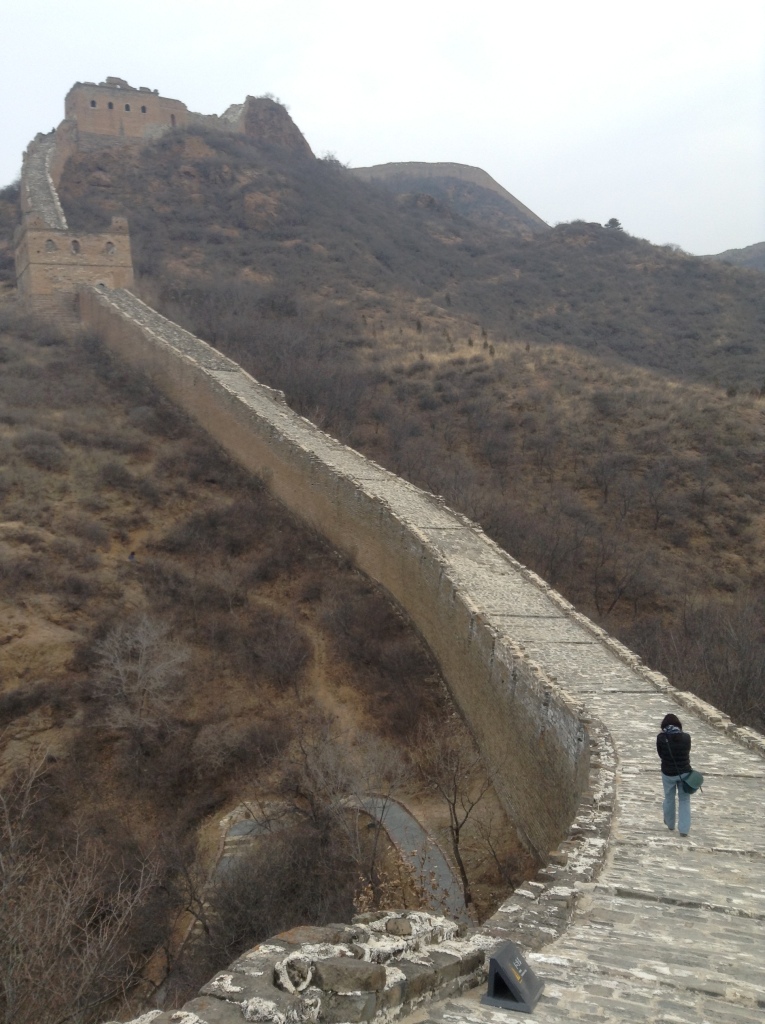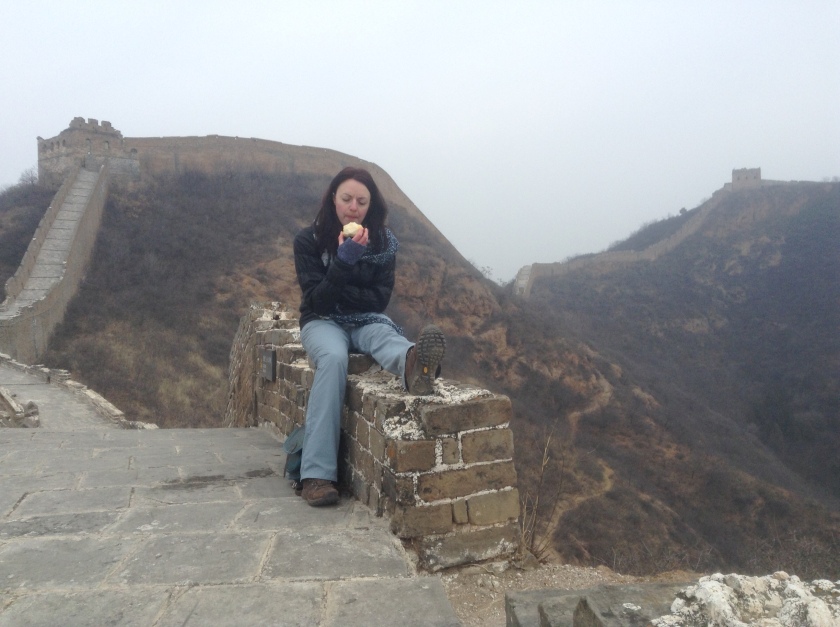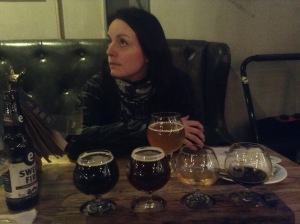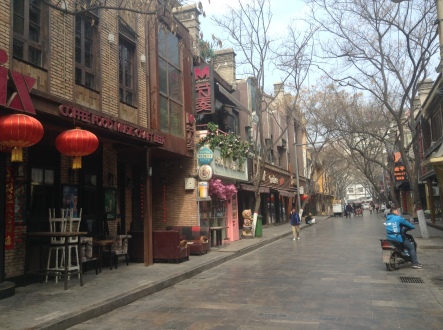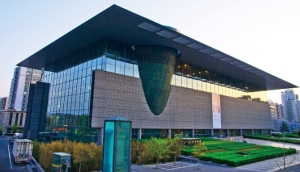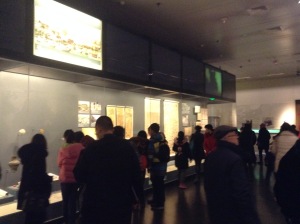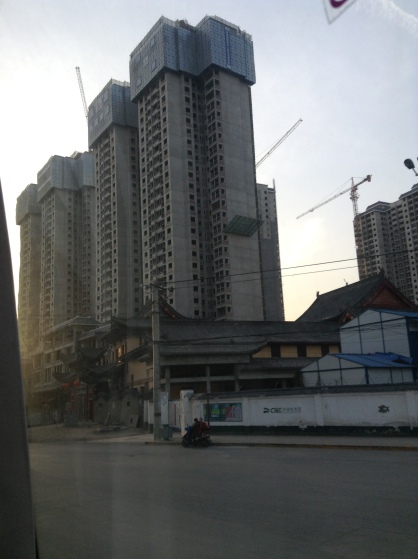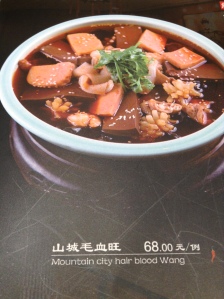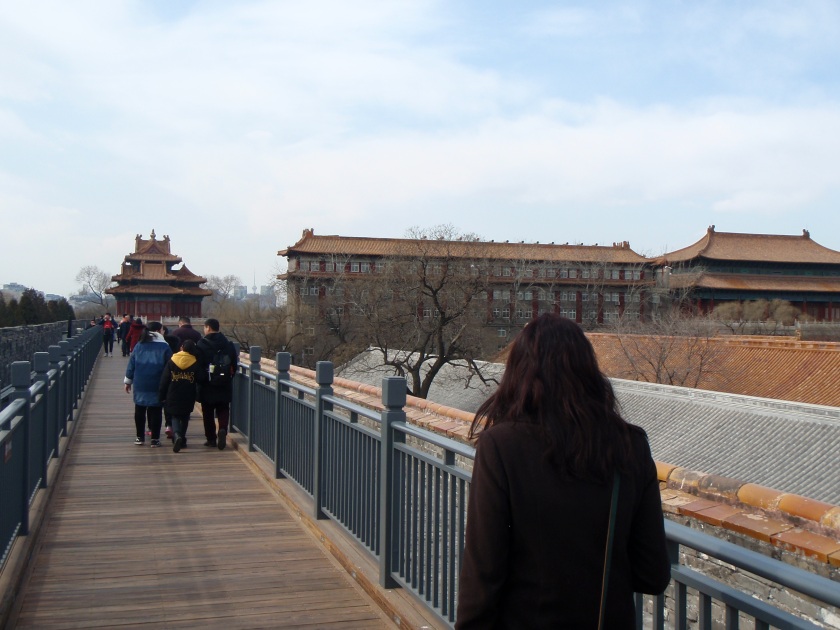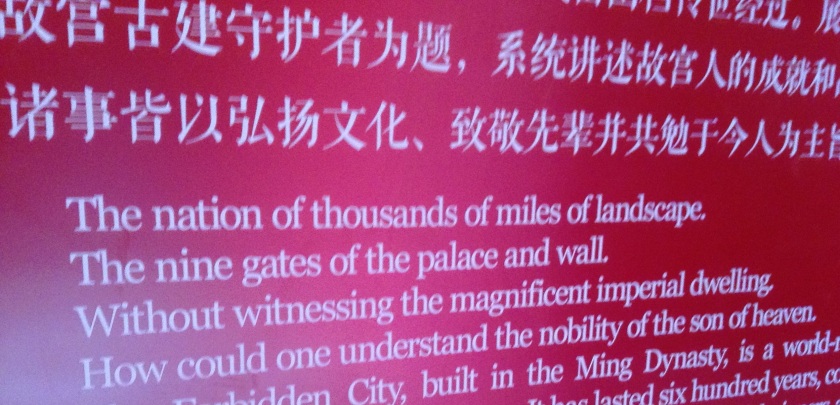“Hell is other people” is incomplete. It should read “Hell is other people in an airport when you’re going home.”
1. You’re only allowed to bring one carry-on bag, guys!
2. You can’t move the flight attendant’s bag to put your own in, guys.
3. Your carry-on bag has to fit, guys.
4. When your plane is a half-hour late already, you’ve got to put your shit away and sit your ass down, guys.
5. Two hours in an airport should be more than enough time to get through customs and get to your connection, unless something is wrong with your system, YVR.
6. Going paperless isn’t that impressive when the tag that your computer spits out is the same size and weight of the form you used to use, Canadian Immigration.
7. The baggage carousel works well only if everyone stays a step back and then steps up to the carousel to grab their luggage, guys. Also, your luggage cart doesn’t need the space right beside you. You can carry your stuff an extra four feet.
8. You only go up to the counter when they call your zone guys. And repeated attempts will not help.
I’d much rather be back in Beijing. Sure people are a little loud (okay, very loud), and queing up for things is a recent idea (and subscribed to sparingly). But it’s also a wonderful place. For instance, you can pay like $60 Canadian and get picked up from your hostel and bussed to the Great Wall for four hours of hiking around, get a free all-you-can-eat Chinese lunch, and get dropped off back at your doorstep.
We chose JinShanLing as our section of the wall. Badaling is the closer and more popular, but its also the –ick- closer and more popular. Besides, it was mostly reconstructed in the 1980s and there’s a KFC next to it. Today’s hipster prefers a mostly imagined air of authenticity! JinShanLing is the oldest, most rugged section of the wall (that is still easily served back package tours!). So of course of all the people on our first bus, it was 7 other white people who joined us in the van to our hipster section of the wall. Three Americans living in China teaching English, their recently arrived American guest, and three Germans. All pleasant enough companions for lunch, but on the wall we kept to ourselves.
Words are lacking when it comes to this experience, and pictures tell a better tale.

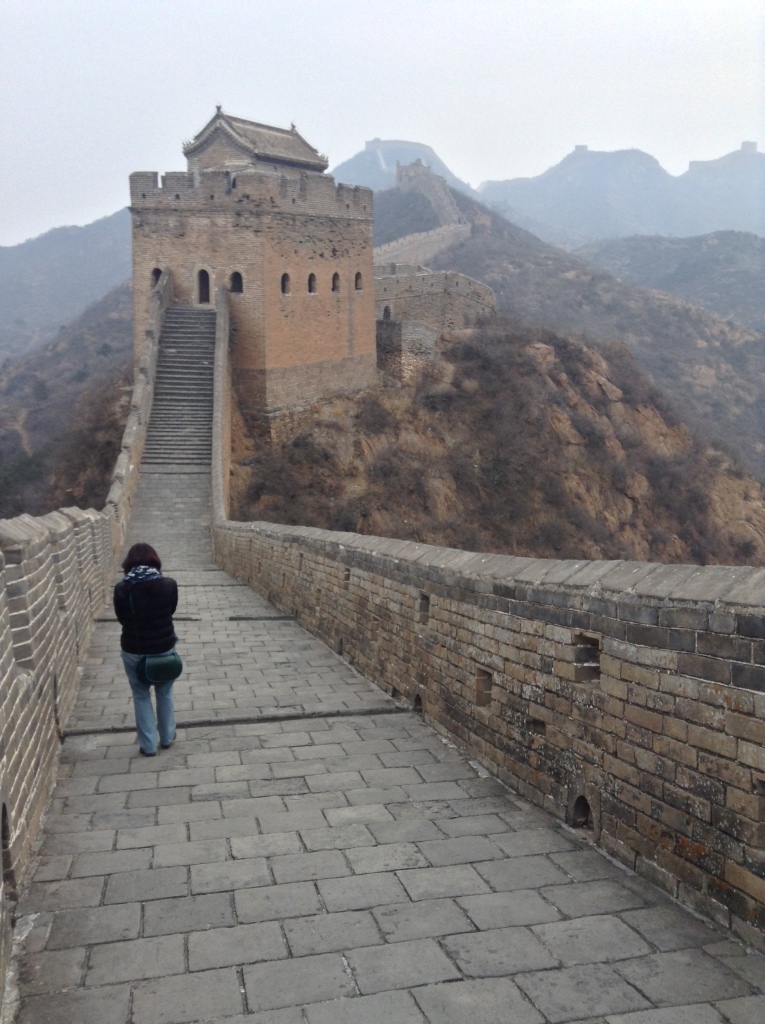 Some sections are more rebuilt than others…
Some sections are more rebuilt than others…
Four hours and about four kilometres, but according to my partner’s magic phone, we climbed the equivalent of 129 floors. 
An unbirthday breathlessly spent, and complemented by a pub crawl of some more of Beijing’s craft breweries. Pure goddamn heaven.
Slighly woozy the next morning, we tried to fit everything in to the last day and a half before departure. A Chinese acrobatic show was very impressive. A feast of Peking Duck very pleasant. An outdoor sundries market was miles more fun than an indoor pearl market. The Beijing Police Museum was a propaganda-filled delight.
Wistfully, we made our way to a restaurant near the hostel for a lunch feast of noodles, spinach, fried mushrooms, and potato balls to fortify us for a 15 hour journey homeward where the more you can avoid airline food the better.
One amusing last adventure. I had purchased a bone sheath with a knife and chopsticks in Xi’an as my souvenir, you may recall. I certainly didn’t recall. It was in my backpack for the subway trip to the train after its purchase. The train back to Beijing. The subway from the train station to our hostel. All these sections had the requisite metal detectors and bored looking teenagers in uniforms waving beeping wands at you in a perfunctory manner before waving you on.
So you’ll forgive this foolish traveller when the last metal detector in the last subway station on our way out of Beijing gave an angry beep, and the bored teenagers became suddenly very interested in what was in my bag. “Chopsticks” I replied innocently when they pointed to the sheath and knife shaped object on the x-ray machine.
None of them spoke English. I expected to be waved back rather than to cause a disruption in their texting and a load of paperwork.
Little did I know that there was a party meeting upcoming in Beijing and security was heightened and all subway guards with floppy chic hair under their uniform caps were under somewhat more strict orders.
A helpful local English-speaker stopped when he noticed the fuss and offered to translate. The guards made me unpack my souvenir and withdrew the admittedly six or seven inch knife (dull edge, but sharp tip). I did my best to look nonplussed, even as our airport travel time was rapidly diminishing.
Floppy-hair’s brow knit. It was decision time.
Teenager 2 and 3 looked at him for guidance.
Barbara looked at her watch.
I looked equally ashamed and regretful. My eyes pleaded somewhat less than earnestly.
Floppy-hair said something and started digging around in the desk.
Helpful translator looked confused and said he is looking for paper. Perhaps a form? In triplicate?
Flops withdrew paper and a roll of tape. He thoroughly papered and taped my knife into its sheath and handed it back.
Profuse thank yous all around and we dashed for the escalator and didn’t look back until the wheels were up, Beijing airport was shrinking behind us, and a voice came on the intercom.
“This is the Captain speaking, if you look outside the left and right of the airplane you’ll see fireworks.”
Happy New Year, Beijing!
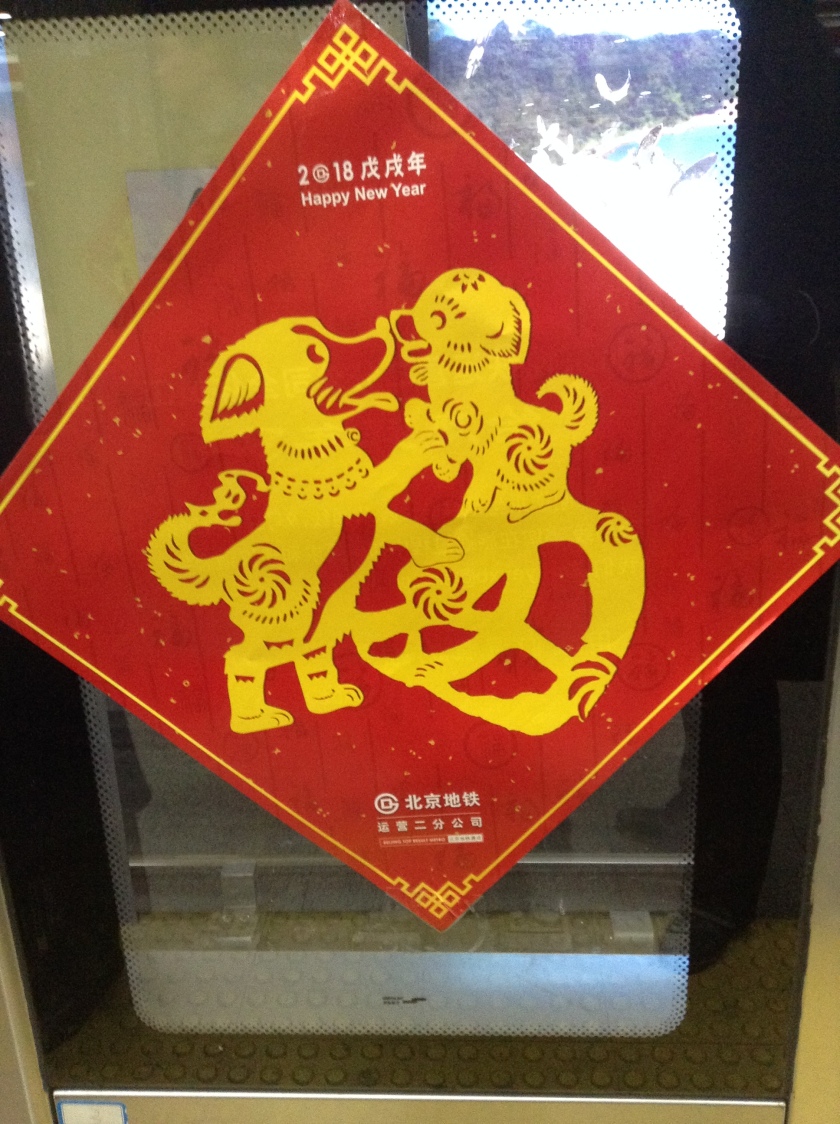

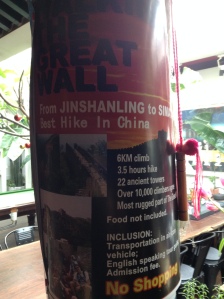

 Weird thing about the wall 1: There are little speakers disguised as rocks, so you get a soundtrack of classical music while you walk about.
Weird thing about the wall 1: There are little speakers disguised as rocks, so you get a soundtrack of classical music while you walk about. 